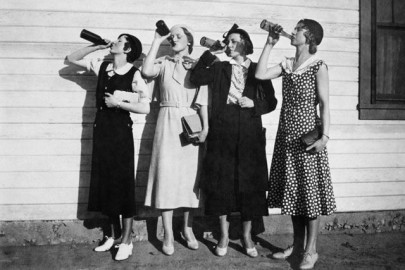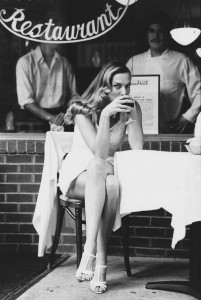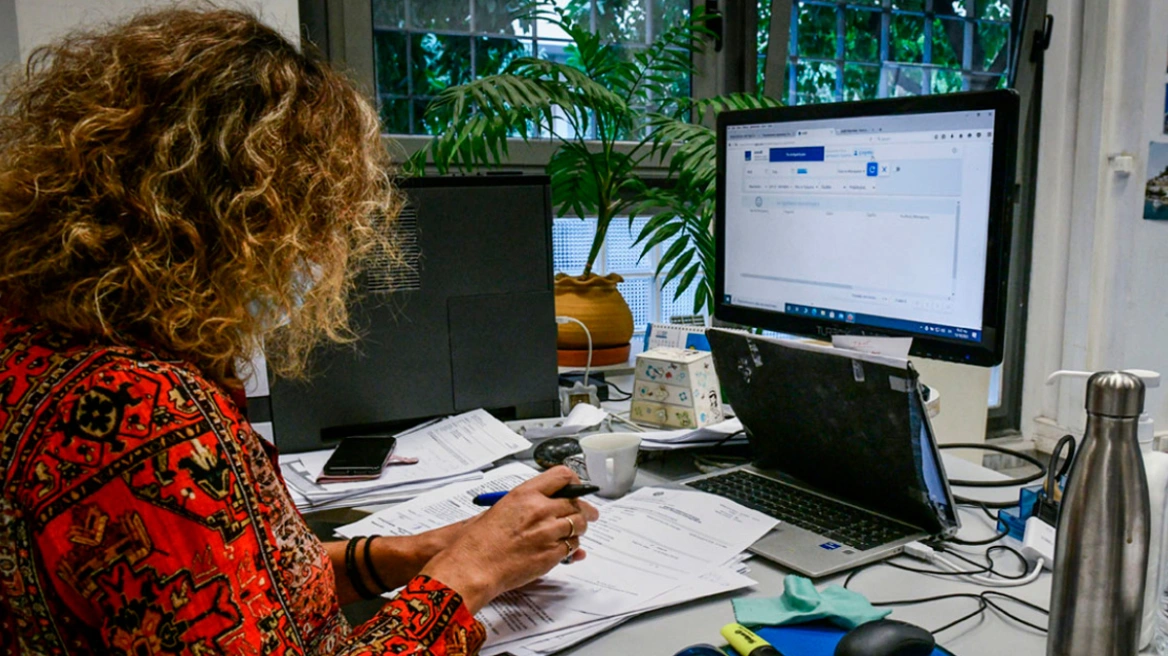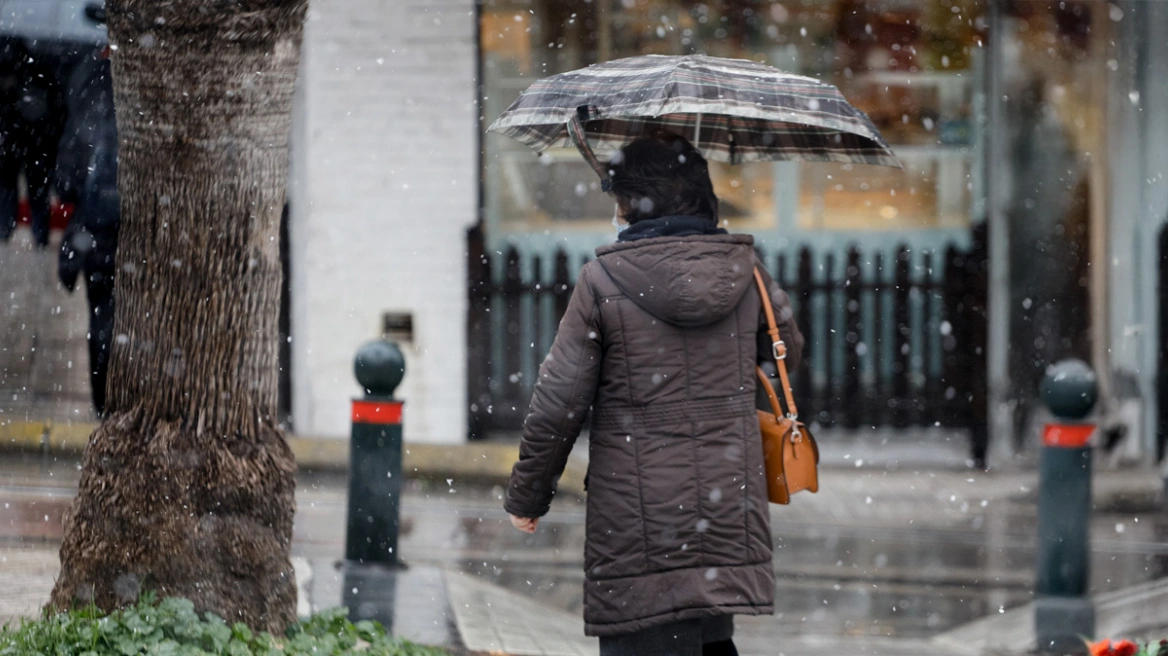Too often, when we sit down for dinner at a great restaurant, the server hands the wine list to the man and expects him to make all the decisions about drinking. Fortunately, that’s changing—now, sommeliers are increasingly female, and it’s common practice to pour a taste of a bottle for both the man and woman. But a binder-size wine list can be overwhelming for anyone, even millennials who, according to a new study from the Wine Market Council released earlier this month, drink more wine than anyone in the United States: An average of two cases per person were consumed in 2015. The report also notes that of the wine-loving millennials in the under-30 crowd, nearly one-third are women. So in light of these new stats, there are a few basic points of knowledge that every woman should be equipped with so she feels confident in retail stores, hosting or attending dinner parties, and, of course, when dining out or hanging at a wine bar.. It’s not necessary to have all the technical know-how that a professional has—but a few building blocks can go a long way.
1. What exactly are tannins?
Tannins come from grape skins, seeds, and stems, and they can leave a tobaccolike, dry substance in your mouth that can even feel a bit “chewy.” When tannins are well integrated, as with a wine that has been aged in oak for some time so as to provide structure to the tannin (such as many aged Barolos, from northern Italy), they can be excellent alongside heavy foods like steak. When tannins are immature, they will be abrasive. If you want tannins, ask for a tannic wine. If not, ask for a low-tannin wine or something that has no tannin at all.
2. There are better questions to ask at a wine shop than “Where’s your Malbec?”
There’s nothing wrong with requesting Malbec, per se. In fact, French Malbec (yes, Malbec is originally from France) is very rustic and earthy and worth trying. But when you go straight for the Malbec, you’re missing out on so many more interesting options. Take a moment to figure out how the shop is organized; it could be by region or grape type or any other device. Ask someone to show you an interesting bottle in your price range, and offer a few points about what you like and how you plan to drink it (Is it a special occasion? Netflix and chill? Having pizza?). Trust a good retailer and you’ll discover a lot of new wines that will enhance your palate over time.
3. Don’t call it “Cab.”
A cab is a vehicle you flag down when you need a ride. It is not a wine. If you would like a wine made from the grape Cabernet Sauvignon (pronounced Sow-veen-yon), please say the entire name. Also, know that a lot of excellent wines are made with Cabernet Sauvignon blended with other red grapes. Bordeaux, for example, is a French wine region that is known for using Cabernet Sauvignon alongside other red grapes, such as Merlot and Cabernet Franc, to make full-bodied, age-worthy wines. In California, these blends are often called Meritage. If you like Cabernet Sauvignon, you might want to experiment with blended wines.
4. How to tell a wine is corked.
If you taste a wine and it has a wet cardboard or musty pool filter thing going on, it probably has what’s known as “cork taint.” This is extremely common: It affects 3 to 10 percent of all wines. You do not need to drink this bottle. If you’re at a restaurant, say you think it’s corked, and the sommelier will take it away. If you’re not sure, that’s okay, there’s no need to be embarrassed—ask the somm to taste it. If you bought it retail, just take it back to the store with the wine still in there.
5. Most wines are dry.
A common fear many people have is that a wine will be sweet. First of all, it’s important to know that a wine is technically sweet only if it has residual sugar. This is what’s left over when a wine does not ferment all the way dry. It happens commonly when grapes are harvested late in the season, and it’s how dessert wines are made. When people say they don’t want a “sweet” wine, they usually mean they don’t want it to be fruity, or in other words, “fruit-forward.” Conversely, you might enjoy fruit-forward wines. Unless you are specifically looking for a dessert wine, rather than asking whether a wine is sweet, it’s more helpful to think about wine on a spectrum; one on end, it is fruit-forward, while on the other it will be acidic or possibly tannic. Acidity is the hallmark of an excellent food wine; it’s what allows a wine to stay light and fresh and to cut through fat in food, much like tannins do.
6. In Europe, most wines are named after the places they come from.
The central concern of many a wine in Europe is its ability to display terroir, a confluence of climate, soil, cultural practice, and vineyard location. That’s why wines are named after the places they come from: Beaujolais, for example, refers to any wine from that eponymous region in central France. French people generally know when they get a bottle of Beaujolais that it will likely be red wine, made with the Gamay grape, because they are raised to have a little familiarity with their wine culture. Conversely, in the U.S. we tend to call wines by their grape name. Other famed name-recognition wine regions to investigate include: Barolo, Bordeaux, Barbaresco, Burgundy, and Rioja.
7. Champagne is wine from Champagne; all else is “bubbly” or “sparkling wine.”
Per the above point, when you ask for champagne, you are requesting a sparkling wine from that specific region in France. It will be generally more expensive than other sparkling wines, due to high land prices there and the labor-intensive process that goes into making champagne. If you want sparkling wine on the cheaper side that’s also very elegant and good, you can ask for a French Crémant, which is made in the same procedure as champagne (which is called the méthode traditionnelle). Other good options using the same method include Franciacorta or some sparkling wines from New York or California—many of them taste just as good as the stuff from Champagne itself. If you want to mix the wine into mimosas or Bellinis, then Prosecco, which is from Italy, or Cava, from Spain, will do.
8. Chablis.
If you only know about one elegant, delicious, unique white wine, let it be the high-acid, lean, steely white wines of Chablis (pronounced Shah-blee), in central France. These wines are made from Chardonnay, but thanks to the cool climate of Chablis, as well as older vines and minimal use of oak, they taste nothing like the buttered-popcorn Chards you may have had. The soil of Chablis dates to the Jurassic period, when the land was underwater, and today it’s chock-full of fossilized oyster shells and limestone, infusing the wine with a complex minerality that is a signature of this region—and which also makes it incredibly good alongside seafood. Chablis can be an ethereal drinking experience, and many good bottles are no more than $25 retail (look for Patrick Piuze’s wines as an example).
9. At a restaurant, bottles are a better value than by the glass.
Restaurants mark up their by-the-glass section at a much higher rate than they do for bottles. If you’re with two friends out to dinner, it’s most cost-effective to get a bottle than to just order glasses. And here’s a pro tip: The best value will be a bottle that’s just a bit more expensive than the cheapest one on the list. So if the most affordable bottle is $36, look for a $45 option and you’ll get something great. Not used to ordering bottles from the list? Ask for help, and be confident about it. Remember that the somm is there to help you, to get you the bottle you want. You don’t need to use professional wine lingo at all; you can mention a price point, your collective mood, or say what kinds of dishes you plan to order, and the somm can go from there.
10. Break any and all rules.
There are some fairly arbitrary rules that seem to be in place in our wine drinking culture. Feel free to completely ignore them. Drink rosé year-round; start with a light red wine and move to white; have sparkling wine with your main course; try an off-dry Riesling with spicy Asian food—see what you think! In other words, decide what you like and what’s fun and interesting for you. Wine is something to play with, and you might discover unexpectedly good pairings if you venture into unknown territory. Zinfandel with roast chicken can be great, and a dark-hued, full-bodied rosé could be an excellent choice with steak. Staying open-minded is the best path.
Ask me anything
Explore related questions






